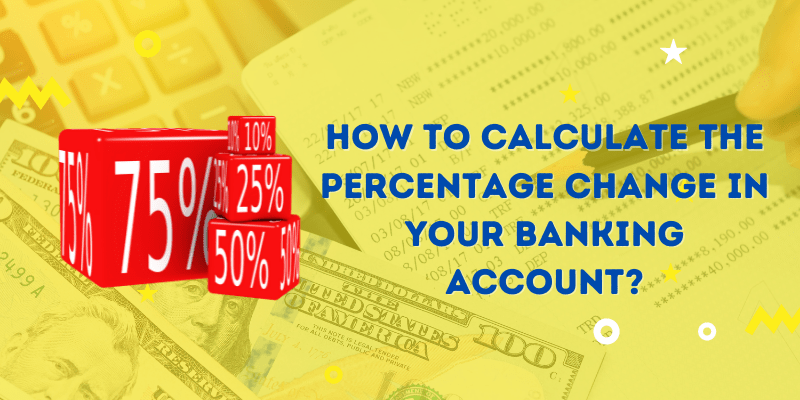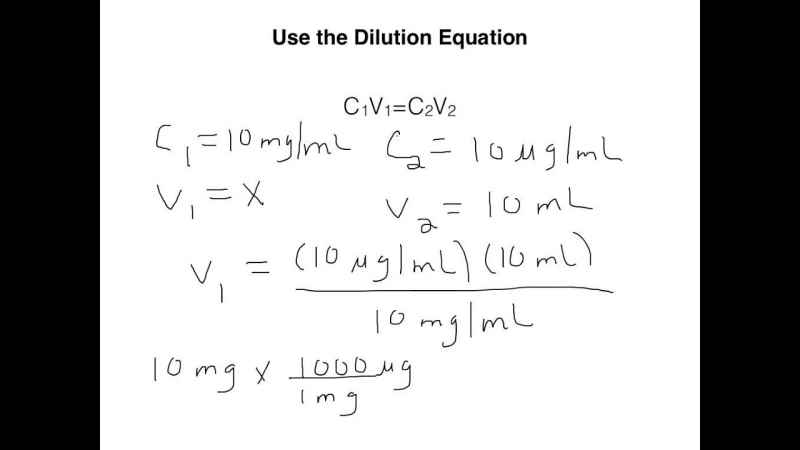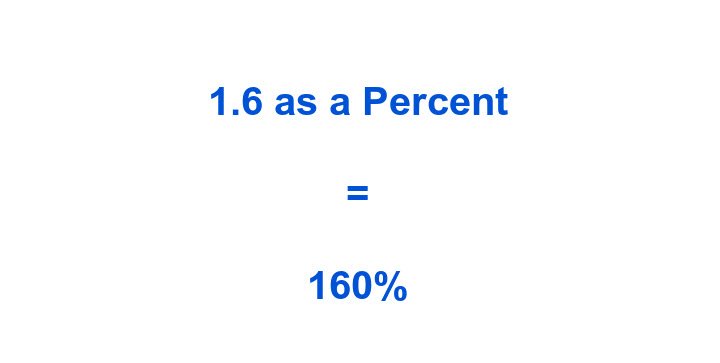How to Calculate the Percentage Change of Bank Account.

You may be wondering how to figure out how much your bank account has changed over time. This is crucial for anyone looking to make money from their account. Calculations can be complex, so it’s essential to have this information at hand. Learn how to compute the percentage change in your bank account with this tutorial.
What is the percentage change?
The percentage change is a handy term that can be used to describe how your account is changing. It’s a measure of how much your deposited money has changed since the last statement, typically a day or two ago.
For example, say you have $10,000 in your bank account, and you withdrew $8,000 from it the day before. The percentage change would be $2,000.
How do I calculate the percentage change in my bank account?
To calculate the percentage change in your bank account, you’ll need to use the following equation:
% Change = (Accounts Receivable – Advances) / (Bank Balance – Accounts Payable)
For example, if your bank account is $10,000, your account receivable is $8,000, and your bank balance is $9,000, the percentage change would be $2,400.
Another example, say you’re trying to calculate the percentage change in your bank account. However, you’re not sure of the amount of interest that you’ll get. If you don’t consider interest, your percentage change will be incorrect.
Also, suppose you don’t take into account fees. In that case, your percentage change will be less than 100% because the fees will reduce the amount of money available for other purposes.
What is the best way to determine the annual average percentage change within my banking account?
To determine your average percentage increase to your account at the bank, have to calculate an equation like this:
Average Annual Percentage Change = (Accounts Receivable – Advances) / (Bank Balance – Accounts Payable)
For example, say you had $1000 a year ago, and today you have $1000 less. You can calculate the average annual percentage change in your bank account by using the following equation:
Average Annual Percentage Change = (1000 – 1000) / (0 – 0)
So, your average annual percentage change is 1% because you had a positive balance of $1000 a year ago, and you have a negative balance of $1000 today.
Using this information, you can calculate your average annual percentage change by dividing the interest earned by the amount paid.
For example, say you earned $100 in interest and paid $100 in fees. You’d use the following equation to calculate your average annual percentage change:
Average Annual Percentage Change = (100 – 100) / (1000 – 1000)
So, your average annual percentage change is 1% because you had a positive balance of $1000 a year ago, and you have a negative balance of $1000 today.
What are the most common mistakes people make when calculating the percentage change on their bank accounts?
For the most part, consumers don’t factor in interest and fees when forecasting their bank balance’s percentage change, which results in an overestimation of the money they’ll need to raise.
Conclusion
It’s essential to calculate the percentage change in your bank account to understand your bank account performance and make informed financial decisions. Not counting costs, underestimating inflation, or exaggerating the effect of taxes are three common mistakes people make when assessing their bank account percentage change.




Leave A Comment